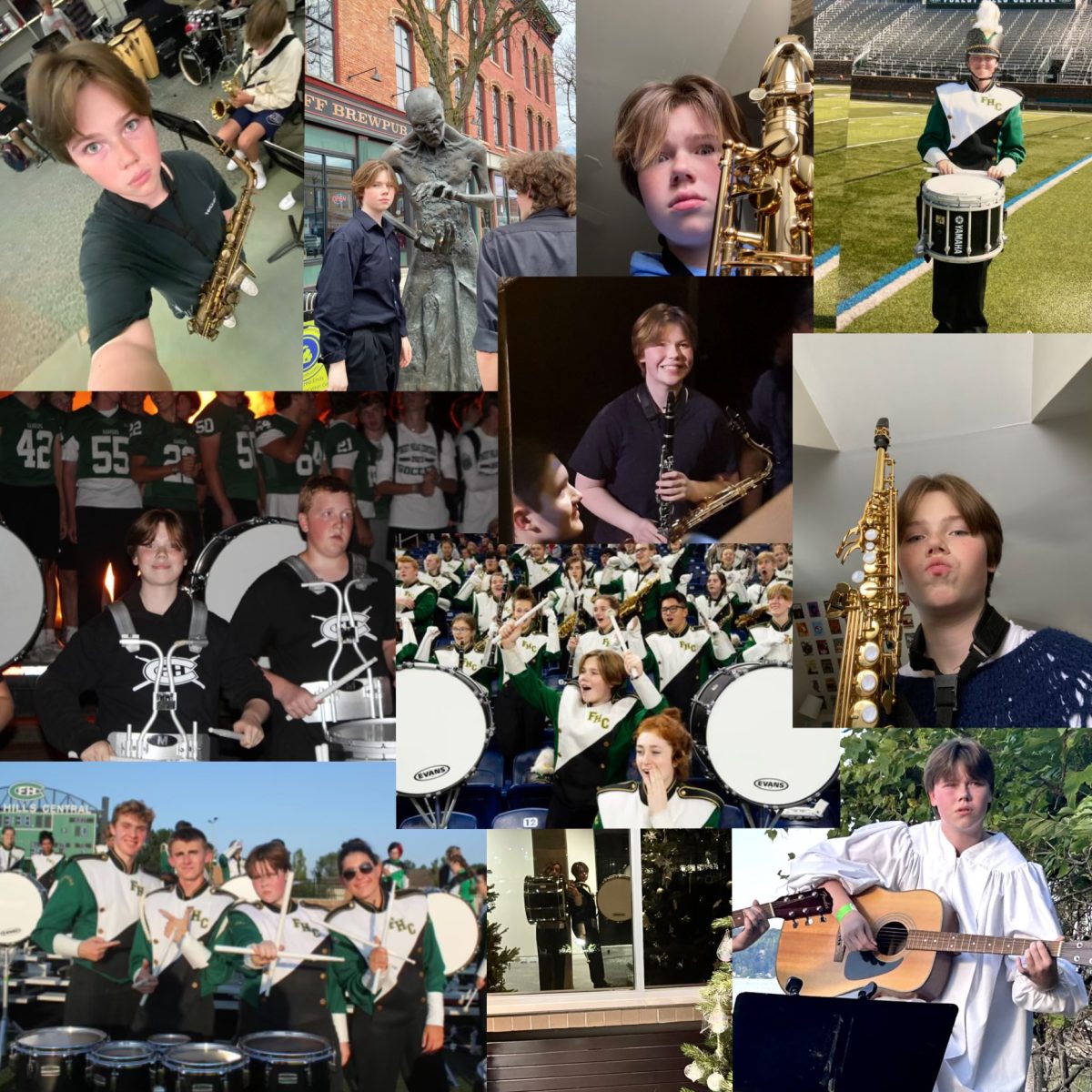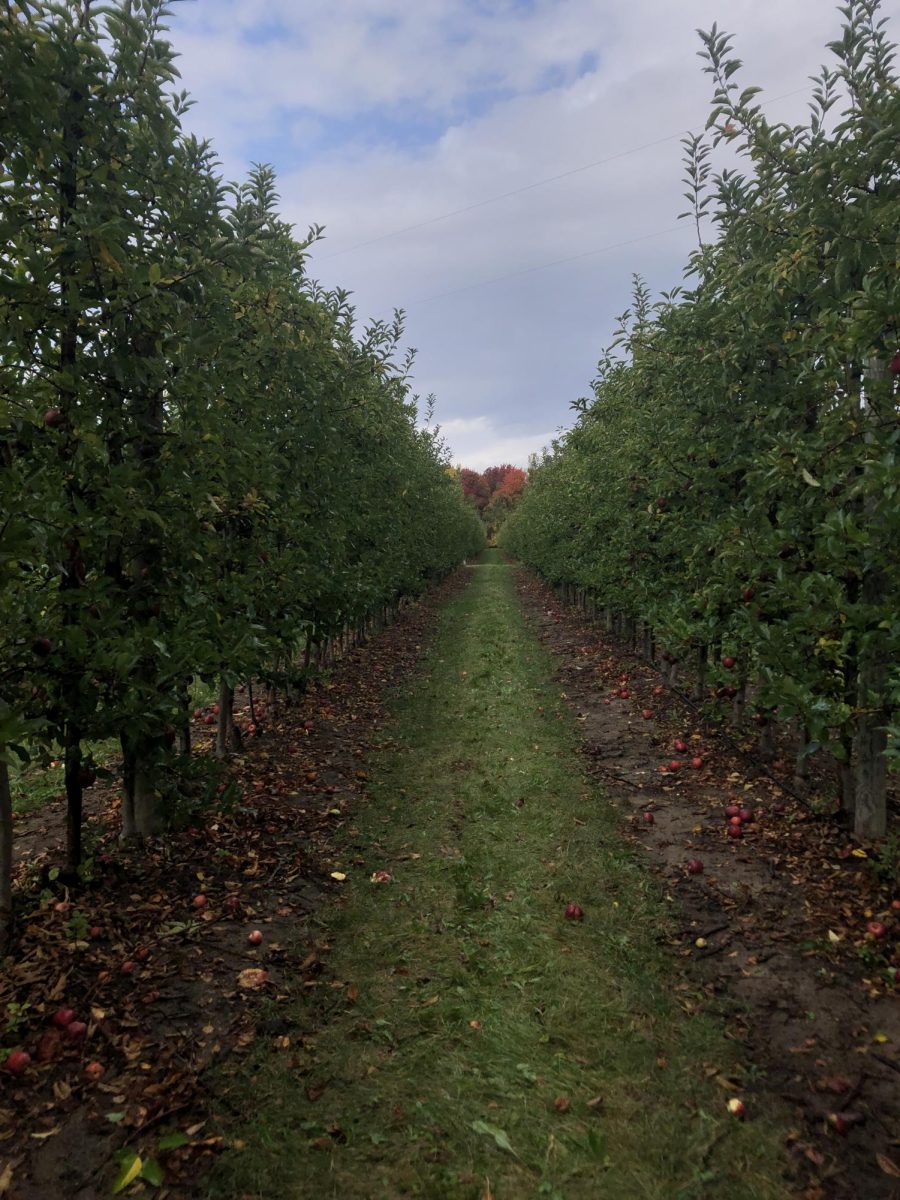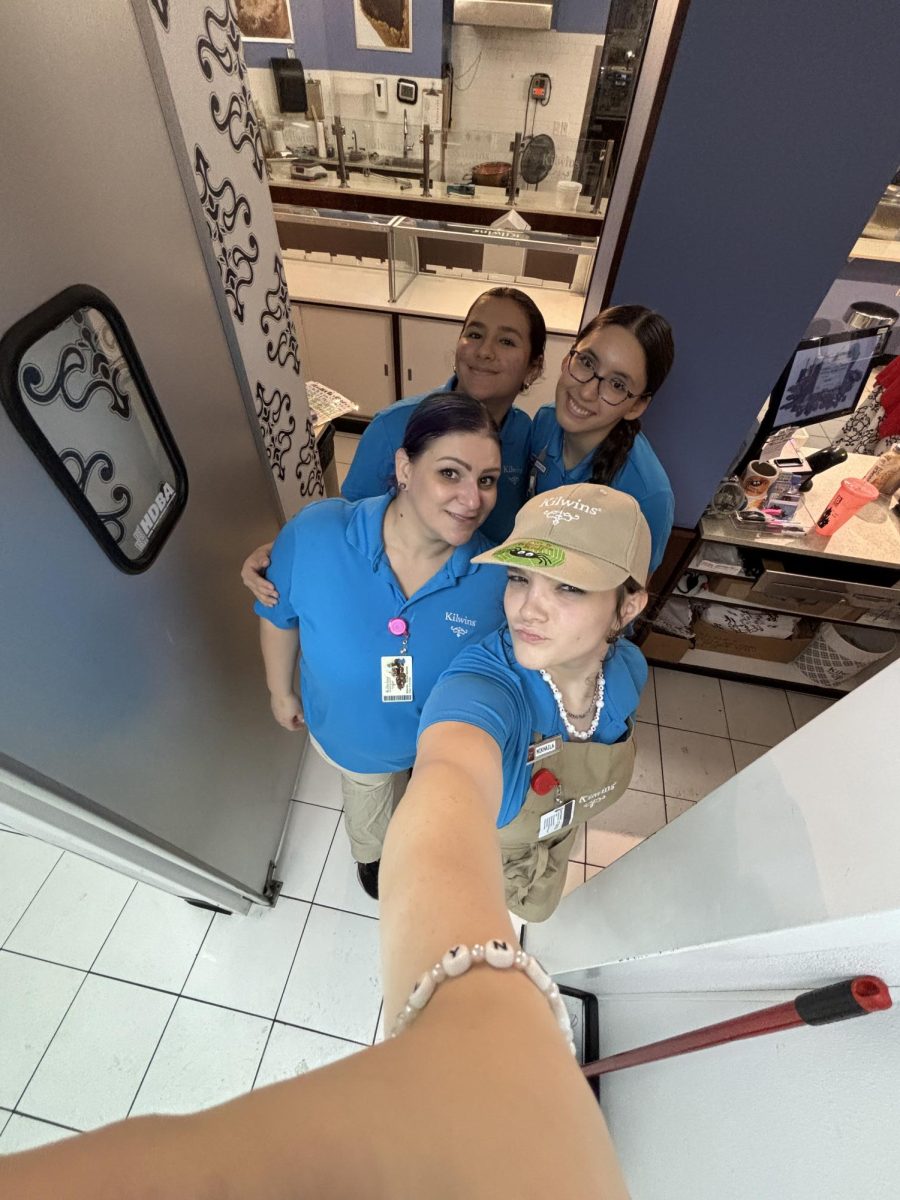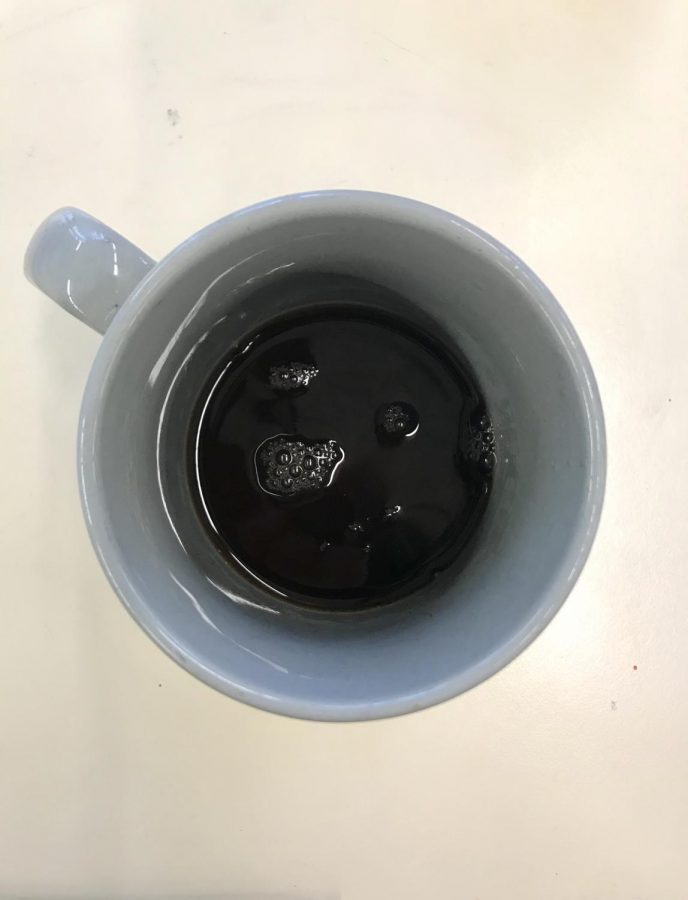How to pour a cup of coffee
Accidentally stubbing your pinky toe on the corner where two walls meet.
A gust of wind so heavy that it blows your car door shut.
Stepping onto something wet while wearing socks.
A subtle ache and a prick of dread—the feeling of waking up before your alarm clock.
It happens every so often. If my time sleeping were to enter a race with my small, silver alarm clock that looks like it was taken straight from a cartoon, my dormant mind will occasionally cross the finish line first—waking up before any ringing fills the silent air.
Simply put, it’s an uncomfortable situation because it’s nearly enough to cause distress yet too insignificant to justly complain about it. It’s a bummer, as if a “sigh” were to encompass a feeling.
However, this unfortunate yet minor incident only condones a trip to the kitchen to get a cup of coffee. It might even beg for it, impolitely searching for something to compensate for the 23-or-so minutes of sleep that disappeared like snowflakes falling in 34 degree weather.
If I start my day on the wrong side of the bed and I get up on the wrong foot, the coffee inherits a greater purpose than just being a habitual part of my morning. It becomes a gift, in a sense, and pouring it on a day that feels like the pain of your pinky toe is the best day to pour it.
But it must be done correctly.
First, I incoherently mumble to my mom who has most likely been awake for a few hours by the time I come downstairs and who will most likely ignore my sad attempt of conversing with another human.
My mumble is followed by a physical stumble to my kitchen counter—since I lack any coordination—where I then contemplate the risk of drinking coffee. As my tired eyes try to squint towards the coffee machine that I fear might be older than the age of an adult rightfully experiencing a mid-life crisis, I hear the distant concerns of my peers.
“I don’t want to become addicted to coffee.”
“I’d rather get eight hours of sleep. That’s the recommended amount.”
“Coffee tastes terrible.”
After a slight grimace and a careless shrug, I walk towards the surprisingly-still-intact coffee machine anyway, accepting that it’s a risk I’m willing to take. On most days, my dad makes coffee at a time that I wouldn’t want to consider waking up at; thus, on these days, I thankfully encounter a half-full pot.
Lastly, I pour the coffee. I pour, most likely spilling a few drops on my hand. I pour, filling it to the top because it tastes the richest without any milk and sugar.
I pour, still feeling the pain of my unbalanced morning.
The coffee alleviates the subtle ache and prick of dread, but it cannot dry my sock nor stop the wind. It cannot reverse the occurrences of the morning.
Nonetheless, I welcome the comforting burn of hazelnut.

Amanda Bartolovic is a senior and is entering her second year on The Central Trend. She is excited to continue being on the staff and to write. Outside...

























































































